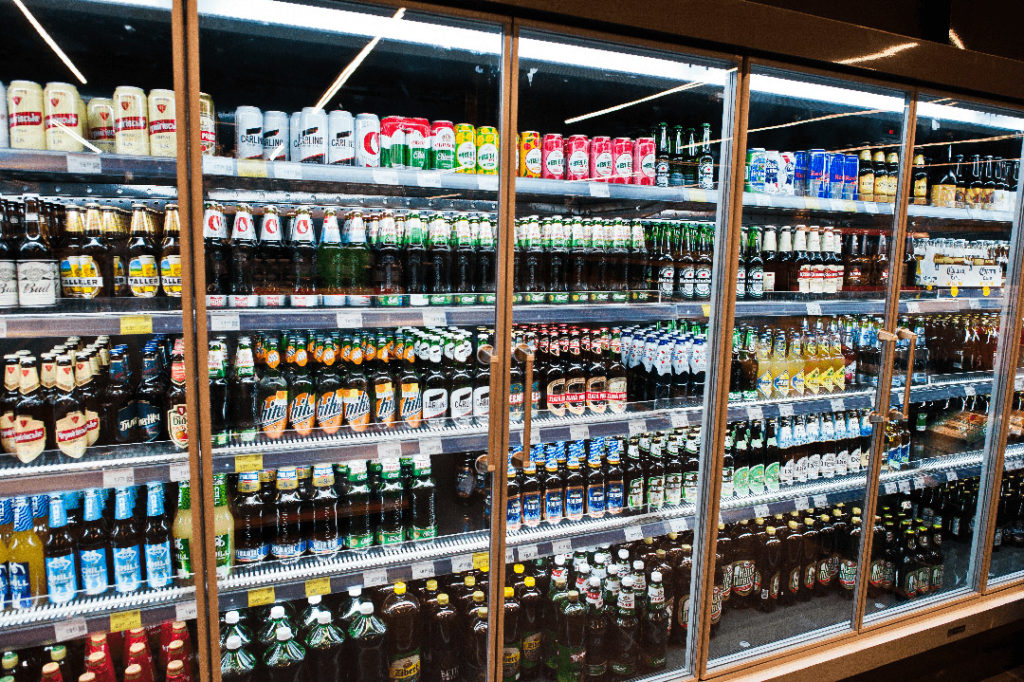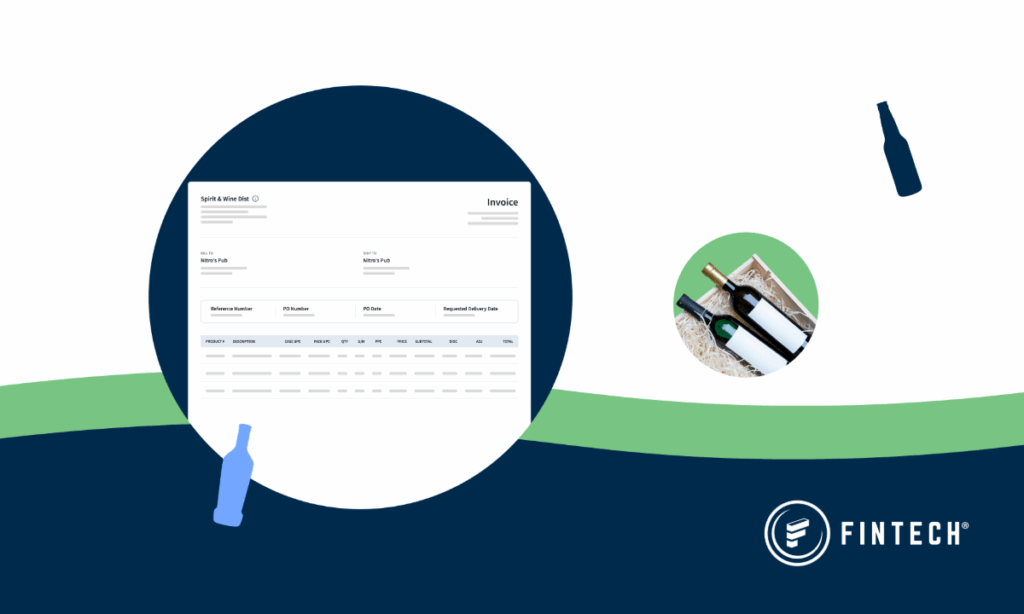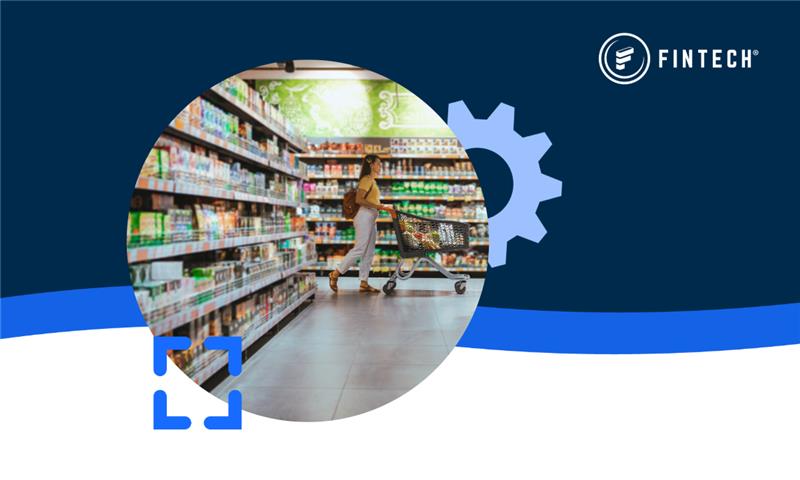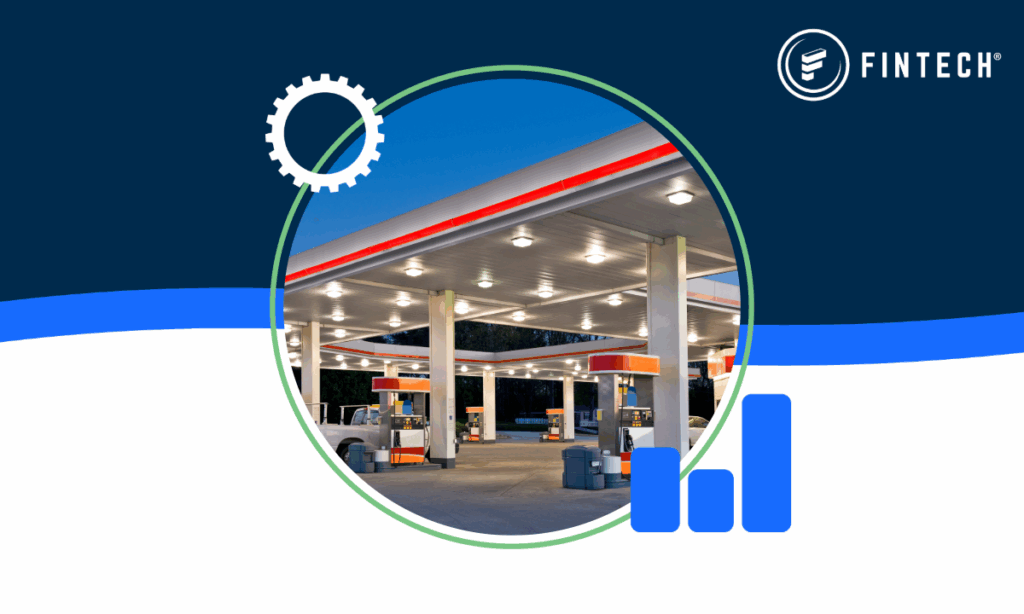To learn how convenience stores are leveraging automation, new technology, and data to drive profits and enhance their customer’s experience, we sat down with industry experts from three leading convenience store brands – Alan Weaver, Director of Merchandising Solutions with RaceTrac, Hank Wright, Head of IT for U.S. Operations for Applegreen, and James Caraker, IT Resource Engineer at Par Pacific. During this conversation, we uncovered new ways they are shaping business practices to accommodate changes in customer buying behaviors, safety regulations, and daily operations.
Fintech: Alcohol sales have swung wildly in favor of off-premise retailers during the pandemic, and c-stores are no exception. Have you seen an increase in any particular alcohol segment like beer, cider, seltzers, fermented malt beverages, wine coolers, etc.? How have you pivoted to meet that demand? Have you experienced any out of stocks on your products?
Hank: For Applegreen, twelve and eighteen-packs have been a big seller, but we serve four regions, and the products in each are different. For example, Florida always sells domestic beer well, but the Carolinas, which I would say is the craft beer capital of the world with Asheville just north, really sell a good many craft beers. We’ve had our beer caves open and beer is doing well everywhere. At the time, it was hard to predict the demand, but looking back it makes sense that beer sales soared with bars being closed. People are coming to us for larger packages and higher quantities of beer to drink at home.
James: Seltzers are a growing market, so we’re doing our best to offer a wide variety of products and packages to try and gauge the most popular options. But our premium beers have skyrocketed with the core brands selling in larger package sizes. We haven’t had to do many promotions, the products really sell themselves, and thankfully we haven’t had to manage many out-of-stocks. However, since our beer data has changed so much over the last six months, we’ve had to make sure we’re carefully planning for the long-term and not basing decisions off the temporary boost of some products.
Fintech: It goes without saying that many consumers want (and some state guidelines require) socially distant and/or touch-free transactions. How have your companies modified the check-out process or adopted new payment technologies?
James: We’ve had touchless technology inside our stores for a while now, with no-contact pin pads and shields at the registers, so we didn’t have to change much there. We also had touch-free options for some of our outside dispensers, but now we’re exploring how we can expand on that. The technology is there and it’s building.
Alan: Where we can, we’re spacing out our registers in use and starting to lean into touch-free and contactless payments, but customer adoption is critical. The desire is here to stay and it’s cyclical, so the more retailers begin to adopt new technology, the more it will train customers to use it, and the more tech we’ll implement.
Fintech: So, Alan, is consumer demand driving touch-free transactions, or is the industry staying ahead of the consumer in this case?
Alan: I think the technology is driving the customer reaction, even if that reaction is a bit slow. For example, over the last few months, our customers perceived the coin shortage as a much bigger disruption to their payment process than touch-free technology. C-stores in general adopt technology based on the evolution of our business, and our customers aren’t any different.
Fintech: In the future, as we move out of the pandemic and into the next few years, what will be the most critical technology change for the c-store industry?
James: I believe we’re going to start seeing more cloud-based technology for c-stores. We have a lot of hardware on our counters that run their own software programs, so consolidating that to a cloud solution with multiple solutions on one device is key. You want a device that can handle all the transaction options for customers, and work with other parts of the business.
Hank: I’d say that touchless payment is going to be crucial. That’s how we’ll be able to move people through in-store lines quicker and limit interactions. Self-checkout is another area we’ll need to look at from a technology standpoint, and maybe things like QR codes or easy-use kiosks outside the store at the dispensers. You have to take care of the customers outside the store since that’s where they are, then focus on the challenge of getting them to come inside.
Alan: The two biggest things will be loyalty and frictionless tech, both of which will be dictated by the customer. Side task automation will be critical over the next three to five years, which will be a drastic shift for our industry. Our labor model doesn’t afford us the same ability as a grocery, for example, where different associates are dedicated to different areas of the store; we have one associate run multiple operations. So, while we have plans to stretch labor and expand on things like curbside pick-up or pump delivery, we’ll need to also use automation to improve processes and ultimately allow team-members to be that customer-facing point-of-contact.
Fintech: Outside of alcohol, the pandemic has led many retailers in America to carry a new assortment of masks, hand sanitizers, and cleaning supplies, but aside from those, what’s new on your shelves? Which new items have you started carrying to help fill your customer’s basket in a single stop?
Hank: We’re not really offering anything new outside of the few PPE items, but we are trying to better understand our customers’ mindset before changing our product mix. That’s a challenge because we can’t look back at last year or last month to see which products are moving, and we have to act quickly to adjust to changes in demand. For that reason, some of the changes have been pretty unexpected. For example, we used to rarely sell toilet paper, but now we can’t keep it in stock. Normal grocery items, like milk and bread, have also increased since customers want real one-stop shopping.
Alan: Our stores had a fairly large take-home grocery footprint prior to COVID, so we haven’t added too much to our product mix. The biggest differences we’ve seen have been on the inventory side, whether that be the supply chain disruption or the fluctuation in customer demand in each store. Things that used to sit on our shelves collecting dust, like the milk and bread, have started flying, and then we can’t get our hands on it for restocking inventory. Even with our core product mix, we saw some producers start to consolidate their manufacturing lines, so we had disruptions with inventory even with less fringe-use.
Fintech: How has the pandemic changed your strategy with prepared foods?
Hank: The customer’s mindset has changed, and they no longer want to come in and see open food, so we’ve had to really shift our focus to cleaning processes even more so than before. But, while we’ve seen lower in-store traffic, our drive-thru sales have increased by about 80%. Our delivery has also taken off this year – selling about 10 times more than we were in January 2020. The shift has really changed where we focus labor and how we train our employees for efficiency and accuracy.
Alan: We kept our core staples of prepared foods during the first few months, but there were local ordinances of what we could and couldn’t sell, so we had to adjust a bit. We started packaging products from our open-service pizza bars and closed our roller grills and topping bars for the frozen yogurt bar. The main priority has been ensuring that all the cleaning practices we’ve been doing are more customer-facing, that way we create a comfort level with our food.
James: Like Alan, we’re focusing on showing the customer that we’re keeping all food service areas clean and sanitized, and we’ve moved more to package foods. We’ve also worked with some of our vendors, like our donut vendor, to have the products pre-packaged directly from the manufacture. This is difficult because once we present a product, we want to ensure it is supported by the supply chain, so we’ve worked really closely with our vendors and suppliers for that.
Fintech: Hank mentioned their expansion into delivery and drive-thru service, but is anyone offering curbside options?
James: We are looking at expanding into curbside pick-up, but one major concern is labor. We’re still in a very tight labor market, and curbside would require more hiring and training that may not be entirely possible now. But we are still planning for curbside pick-up becoming a part of our business.
Interested in hearing more about how these brands are strategically using new technologies? Watch our full panel webinar, C-Store Leaders Discuss How Tech and Automation Drive Profits and Customer Experience, on-demand.






